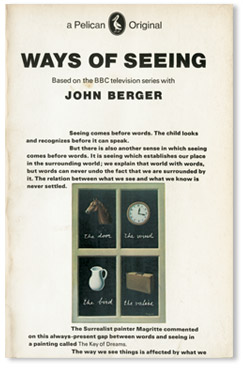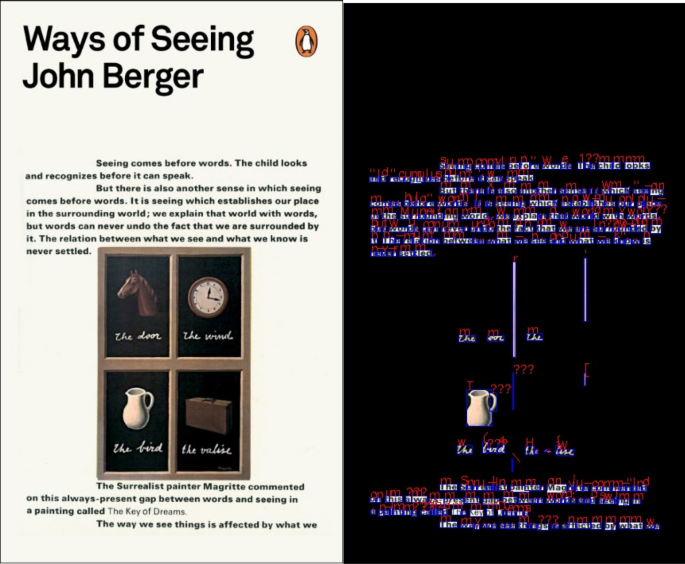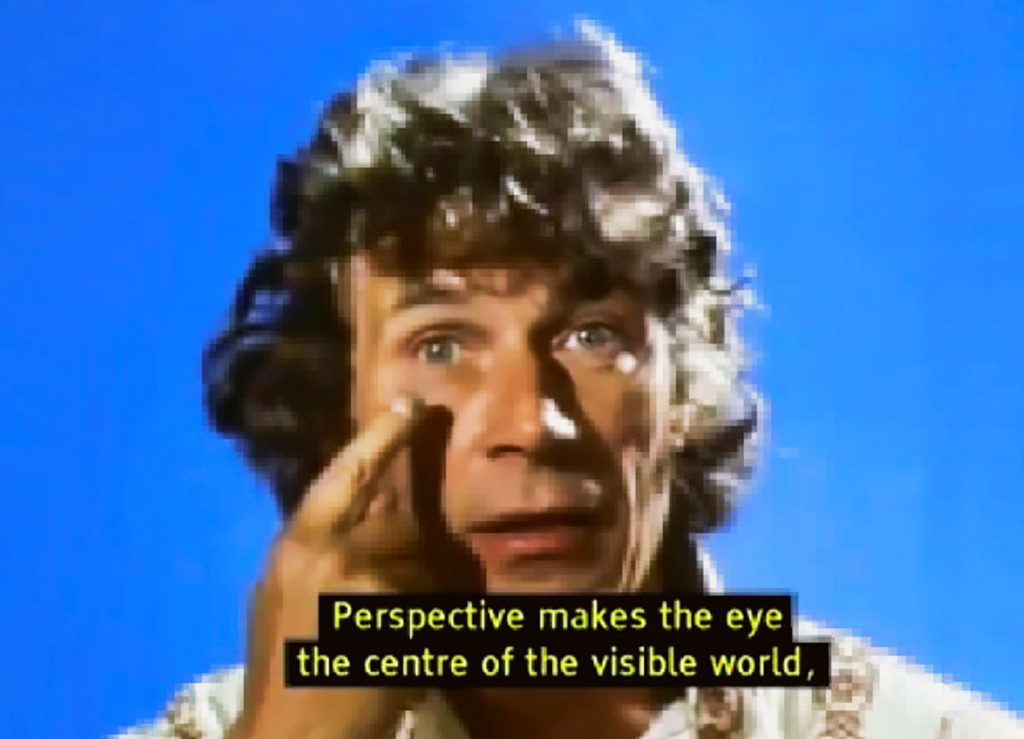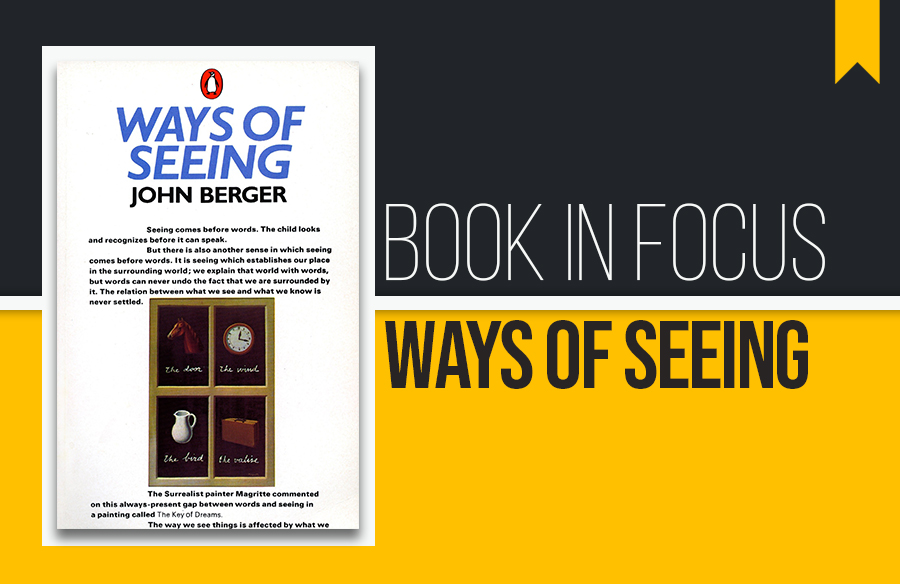

As a result, we rarely “see” the digital world as it really is – even as it makes more and more claims over our lives. The people are mostly talking to themselves, or staring at their hands, and the banks, post offices and libraries are coffee shops, because most of their functions have moved online. The digital revolution is largely an invisible one – until you start to look closer. If you walk down the street, the buildings, vehicles and people all look much the same as in Berger’s heyday. It’s one of the ironies of the present age that while we feel that everything has changed, our view seems to be unaltered.
#WAYS OF SEEING SERIES#
Which is why I have made New Ways of Seeing, a radio series which, like Berger’s original, seeks to answer the most pressing questions in art today: namely, ones around digital tools and the internet. In a world of fake news and facial recognition technology, many of the ideas in Ways of Seeing have never seemed more relevant. This observation seems even more pertinent today, in our image-soaked culture, where everyone is a photographer, and digital pictures flow endlessly from machine to machine, making up not only the fabric of artistic expression but also social media, digital maps, targeted advertising and surveillance. The camera, he argued, had radically altered our relationship with great artworks, by severing the old masters from their original context: “By making the work of art transmittable, has multiplied its possible meanings and destroyed its unique original meaning.” He also examined what had changed in our ways of seeing in the time between when the art was made and today. Whether exploring the history of the female nude or the status of oil paint, his landmark series showed how art revealed the social and political systems in which it was made. More specifically, to the work of writer and critic John Berger, who didn’t just help us gain a new perspective on viewing art with his 1972 series Ways of Seeing – he also revealed much about the world in which we live. Perhaps we should look to art for guidance.



John Berger, whose 1972 series Ways of Seeing uncovered the political and social systems that shape art. So how do we begin to understand a world in which the most powerful technologies of our time are so hard to see that most of us aren’t even aware of them? This is how a difference in visibility translates into a difference in power: those who can see, can understand – and thus shape the world to their advantage. For a rent of a few thousand pounds a year, the machinery of private finance perches on the crumbling infrastructure of the welfare state: all that money, flowing invisibly just a few metres above the patients inside. Near Heathrow airport, I looked up to see the microwaves passing through two huge dishes atop Hillingdon hospital, a pioneering 1960s centre now suffering – like much of the NHS – from a shortfall in funding. These beams of data carry millions of high-frequency financial transactions – and thus billions of pounds – through the air, above our heads, completely invisibly. To find them, I followed the line of microwave dishes that connect them – some perched on pylons, others on water towers or tall buildings. I was looking for two important but hidden locations: a data centre belonging to the London Stock Exchange, and another belonging to the New York Stock Exchange. A couple of years ago, I took a bike ride from Slough, heading east – right through London and out the other side to Basildon.


 0 kommentar(er)
0 kommentar(er)
